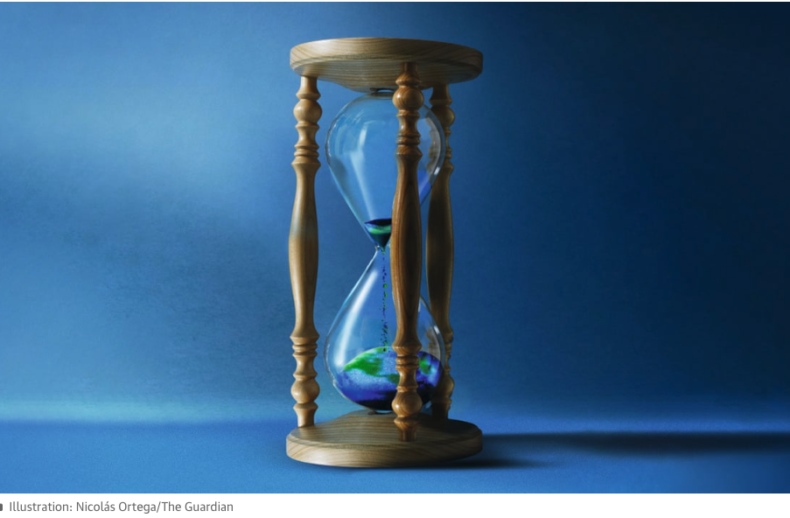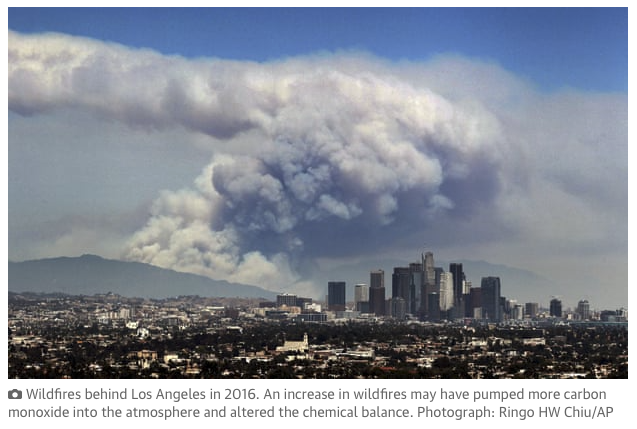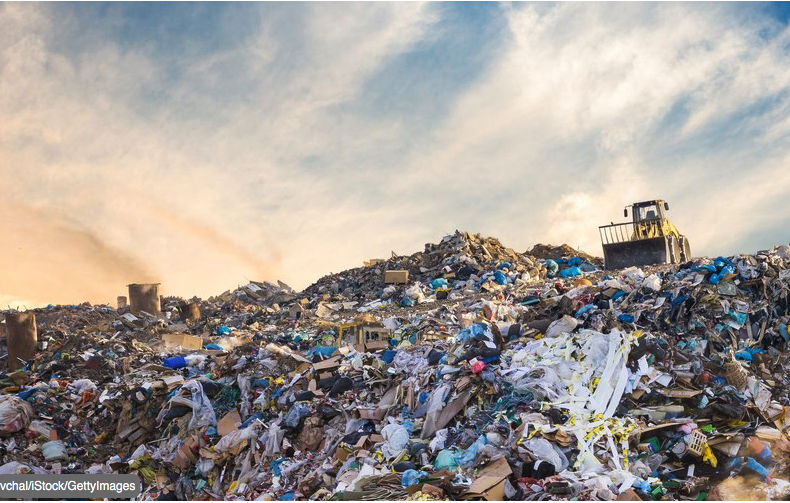Unfortunately, these extreme events, and the conditions they foster – flooding, wildfires, property damage, loss of life – are becoming the new normal, thanks to global warming. And there are other, less obvious but equally damaging, effects as well. As the ocean warms and becomes more saturated with carbon dioxide, fish and other creatures in the marine food chain are adversely affected. Diseases once limited to the tropics are spreading into the temperate zones. Coastlines, from Louisiana to Alaska, are receding, due to more frequent and more powerful storms, rising sea levels, and, in Alaska, the loss of sea ice. The message should be clear: we are running out of time to turn this trend around. Even insurance companies have stopped insuring the homes in particularly affected areas.
…
What can be done now to reduce emissions relatively quickly? The answer is simple: the US must stop landfilling untreated municipal solid waste. A recent (July, 2020) article in the journal Environmental Health and Safety stated that with regard to waste management, “Landfilling is the most greenhouse gas (GHG)-intensive option, emitting nearly 400 kg CO2e per tonne of organic waste…the GHG footprint of landfilling organic waste is higher relative to composting or waste-to-energy by as much as a factor of 9, even when landfill gas is captured and utilized.”

…The German oceanographer and climatologist Stefan Rahmstorf writes: “We have enough ice on Earth to raise sea levels by 65 metres – about the height of a 20-storey building – and, at the end of the last ice age, sea levels rose by 120 metres as a result of about 5C of warming.” Taken together, these figures give us a perspective on the powers we are dealing with. Sea-level rise will not remain a question of centimetres for very long.
..Saving the world is voluntary. You could certainly argue against that statement from a moral point of view, but the fact remains: there are no laws or restrictions in place that will force anyone to take the necessary steps towards safeguarding our future living conditions on planet Earth. This is troublesome from many perspectives, not least because – as much as I hate to admit it – Beyoncé was wrong. It is not girls who run the world. It is run by politicians, corporations and financial interests – mainly represented by white, privileged, middle-aged, straight cis men. And it turns out most of them are terribly ill suited for the job. This may not come as a big surprise. After all, the purpose of a company is not to save the world – it is to make a profit. Or, rather, it is to make as much profit as it possibly can in order to keep shareholders and market interests happy….

Methane is four times more sensitive to global warming than previously thought, a new study shows. The result helps to explain the rapid growth in methane in recent years and suggests that, if left unchecked, methane related warming will escalate in the decades to come.
The growth of this greenhouse gas – which over a 20 year timespan is more than 80 times as potent than carbon dioxide – had been slowing since the turn of the millennium but since 2007 has undergone a rapid rise, with measurements from the US National Oceanic and Atmospheric Administration recording it passing 1,900 parts a billion last year, nearly triple pre-industrial levels.
“What has been particularly puzzling has been the fact that methane emissions have been increasing at even greater rates in the last two years, despite the global pandemic, when anthropogenic sources were assumed to be less significant,” said Simon Redfern, an earth scientist at Nanyang Technological University in Singapore.

As rain falls on landfill sites, organic and inorganic constituents dissolve, forming highly toxic chemicals leaching into groundwater. Water that rinses through these chemicals collects at the base of the landfill and usually contains high levels of toxic metals, ammonia, toxic organic compounds and pathogens. This can result in serious contamination of the local groundwater. Even more dangers, this mixture usually creates a high biological oxygen demand, meaning it can quickly de-oxygenate water. If or when these noxious chemicals reach rivers or lakes, it could result in the death of aquatic life.
